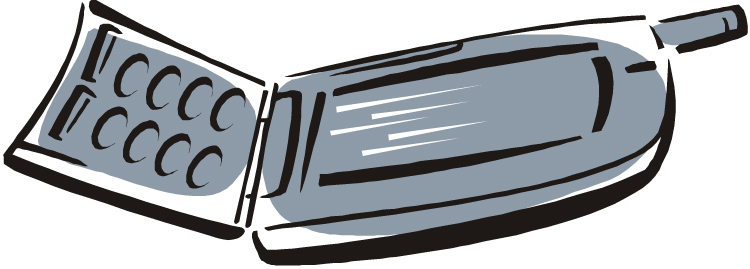
 In the previous post, we tackled the issue of changes in linguistic rules from a general point of view. This time around, I would like to analyze the way in which new means of communication (especially written forms) are changing the meaning of punctuation signs.
In the previous post, we tackled the issue of changes in linguistic rules from a general point of view. This time around, I would like to analyze the way in which new means of communication (especially written forms) are changing the meaning of punctuation signs.
In a traditional communication scheme, for example a letter exchange, between the communicative intention and the completion of the communication act, there take place two concatenated phenomena which we can call the production of the message and its sending — acts in which materials and actors such as paper, ink, envelopes, conventional mail, post-men, etc., were previously involved. However, in the schematic of the new written communication paradigm, there is not only an entirely different range of materials and actors, but it also entails a different attitude with respect to punctuation rules.
A study conducted by american.edu on communication habits in university students found that only 39% of them use periods in text messages at the end of sentences, and 45% use them in chatting. The percentages are even lower for periods at the end of an idea: 29% for text messages and 35% for chatting.
I recently asked my 16 year-old niece what it would mean to her to receive a text message that conforms perfectly to writing rules, to which she responded that a “well” written message implies that something [bad] is happening, leading one to suppose a directly proportional relationship between adherence to writing rules and the seriousness of the message.
The period at the end of a sentence was one of the first punctuation marks to pass from orality to writing as a way of indicating a pause. Nevertheless, new forms of written communication have lead us to use writing more in the manner of speech, in interactions between two or more people in real-time, and to codify this orality through writing, adapting the needs of the emitters and receptors to the reality of the means used.
In written communication means such as text messages, different chat systems, etc., the period at the end of a sentence has been to a large degree replaced by the line change by means of the “Send” function, which allows one to better emulate the rhythm of speech in writing. The obsolescence of the period within the context of new means of written communication simply continues to confirm McLuhan’s phrase, “the means is the message.”
For the Spanish version of this blog, click here.
